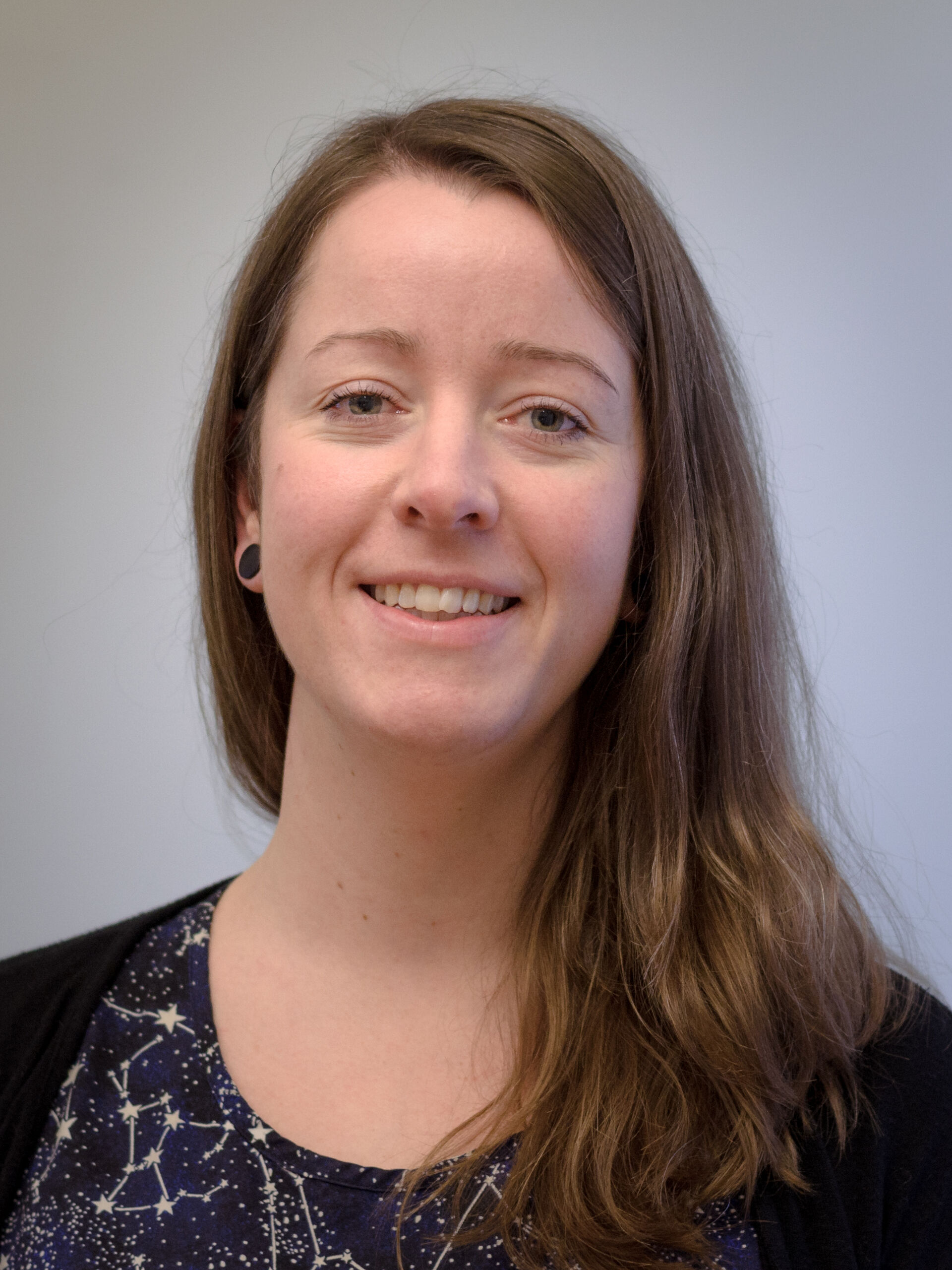
LiteBIRD is a next generation cosmic microwave background (CMB) satellite telescope, planned for launch in the late 2020’s. By scanning the microwave sky for three years it aims at detecting the gravitational waves from the period of cosmic inflation. These faint remnants from the Big Bang is predicted to have left minute imprints in the polarized CMB, the so-called B-mode signal.
In this talk, I discuss the rigorous requirements for a B-mode detection, demanding full control of the astrophysical sky, the instrument and how these interact. It also requires a robust data analysis pipeline, of which the Oslo led Cosmoglobe collaboration is a leading example. I present my end-to-end analysis of simulated time-ordered data from a sub-set of LiteBIRD detectors within the Cosmoglobe framework. Handling the large amount of data expected from the full LiteBIRD mission requires both computational and algorithmic advances. I discuss the feasibility of an integrated end-to-end analysis of the full LiteBIRD data set within a decade.
